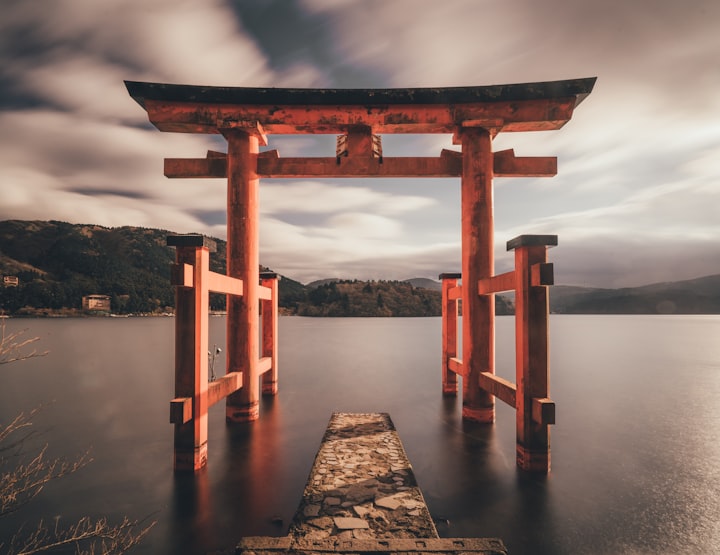
The coronation of Emperor Jimmu in 660 BC marks the beginning of Japan's imperial dynasty, which continues to this day. This historic event is surrounded by myths and legends, making it difficult to separate fact from fiction. However, archaeological and historical evidence can help shed some light on this important moment in Japanese history.
According to the Kojiki, a chronicle of Japanese mythology, Emperor Jimmu was the great-grandson of the sun goddess Amaterasu. He was said to have been born in Takachiho, a village in present-day Miyazaki Prefecture on the island of Kyushu. When he came of age, he led a group of warriors on a campaign to conquer the eastern part of Japan, which was then ruled by a powerful confederation of tribes known as the Emishi. After a series of battles, Emperor Jimmu emerged victorious and established his capital in what is now Nara Prefecture.
The exact details of Emperor Jimmu's coronation are unknown, but according to legend, it was a grand and spectacular event. The Kojiki describes how the gods and goddesses gathered to witness the coronation, with Amaterasu herself descending from the heavens to bless the new emperor. It is said that Emperor Jimmu was dressed in regal robes and carried a divine mirror, symbolizing his connection to the gods.
While these myths and legends provide a colorful account of the coronation, there is little archaeological or historical evidence to corroborate them. The earliest written records of Japan date from the 8th century AD, several centuries after Emperor Jimmu's coronation. However, there are a number of archaeological sites and artifacts that provide some insight into the early history of Japan.
One of the most important archaeological sites associated with Emperor Jimmu is the Yoshinogari site in Saga Prefecture. This site dates from the Yayoi period (c. 300 BC - 300 AD) and was one of the largest settlements in Japan at the time. Excavations at Yoshinogari have revealed a complex society with advanced pottery, agriculture, and metallurgy. While there is no direct evidence linking Yoshinogari to Emperor Jimmu, it provides a glimpse into the kind of society that existed in Japan around the time of his coronation.
Another important source of information on Emperor Jimmu's coronation is the Nihon Shoki, a chronicle of Japanese history that was compiled in the 8th century AD. The Nihon Shoki provides a more detailed account of Emperor Jimmu's campaign to conquer eastern Japan, as well as his efforts to establish his capital and build a centralized government. However, like the Kojiki, the Nihon Shoki is a work of mythology and is not entirely reliable as a historical source.
Despite the lack of concrete evidence, the coronation of Emperor Jimmu remains an important event in Japanese history. It marks the beginning of Japan's imperial dynasty, which has played a significant role in shaping Japanese society and culture over the centuries. The emperor has traditionally been seen as a symbol of national unity and continuity, and his role in Japanese society has evolved over time.
In the modern era, the emperor's role has become largely ceremonial, with the government of Japan being run by elected officials. However, the emperor still holds an important place in Japanese society and culture, and his coronation remains a significant event. When Emperor Naruhito ascended to the throne in 2019, it was the first time in over 200 years that a Japanese emperor had abdicated, highlighting the enduring importance of the imperial institution in Japan.
In conclusion, the coronation of Emperor Jimmu in 660 BC is an important moment in Japanese history, marking the beginning of the country's imperial dynasty.





Comments
There are no comments for this story
Be the first to respond and start the conversation.